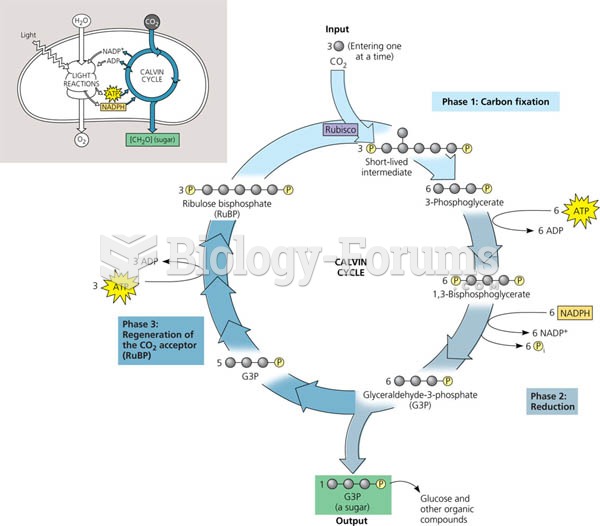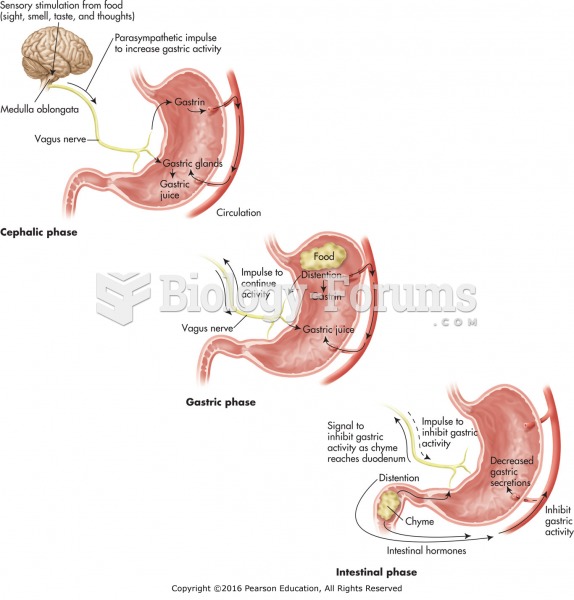Answer to Question 1
ANSWER: The development of a mid-latitude cyclone begins along the polar front, a semicontinuous global boundary separating cold polar air from warm subtropical air. Because the mid- latitude cyclonic storm forms and moves along the polar front in a wavelike manner, the developing storm is called a wave cyclone. A wavelike kink forms on the front, known as a frontal wave or an incipient cyclone. Watching the formation of a frontal wave on a weather map is like watching a water wave from its side as it approaches a beach: It first builds, then breaks, and finally dissipates, which is why a mid-latitude cyclonic storm system is known as a wave cyclone. The newly formed wave has a cold front pushing southward and a warm front moving northward. The region of lowest pressure (called the central pressure) is at the junction of the two fronts. As the cold air displaces the warm air upward along the cold front, and as overrunning occurs ahead of the warm front, a narrow band of precipitation forms. Steered by the winds aloft, the system typically moves east or northeastward and gradually becomes a fully developed open wave in 12 to 24 hours. The central pressure of the wave cyclone is now much lower, and several isobars encircle the waves apex. These more tightly packed isobars create a stronger cyclonic flow, as the winds swirl counterclockwise and inward toward the lows center. Precipitation forms in a wide band ahead of the warm front and along a narrow band of the cold front. The region of warm air between the cold and warm fronts is known as the warm sector. Here, the weather tends to be partly cloudy, although scattered showers and thunderstorms may develop if the air is conditionally unstable. As the open wave moves eastward, its central pressure continues to decrease, and the winds blow more vigorously as the wave quickly develops into a mature cyclone. The faster-moving cold front constantly inches closer to the warm front, squeezing the warm sector into a smaller area. The cold front eventually overtakes the warm front and the system becomes occluded. At this point, the storm is usually most intense, with clouds and precipitation covering a large area. The area of most intense weather is normally found to the northwest of the storms center. Here, strong winds and blowing and drifting snow can create blizzard conditions in winter. The point of occlusion where the cold front, warm front, and occluded front all come together is referred to as the triple point. In this region the cold and warm fronts appear similar to the open-wave cyclone. It is here where a new wave (called a secondary low) will occasionally form, move eastward or northeastward, and intensify into a cyclonic storm. The center of the intense storm system gradually dissipates, because cold air now lies on both sides of the occluded front. The warm sector is still present, but is far removed from the center of the storm. Without the supply of energy provided by the rising warm, moist air, the old storm system dies out and gradually disappears. We can think of the sequence of a developing wave cyclone as a whirling eddy in a stream of water that forms behind an obstacle, moves with the flow, and gradually vanishes downstream. The entire life cycle of a wave cyclone can last from a few days to more than a week.
Answer to Question 2
ANSWER: half







